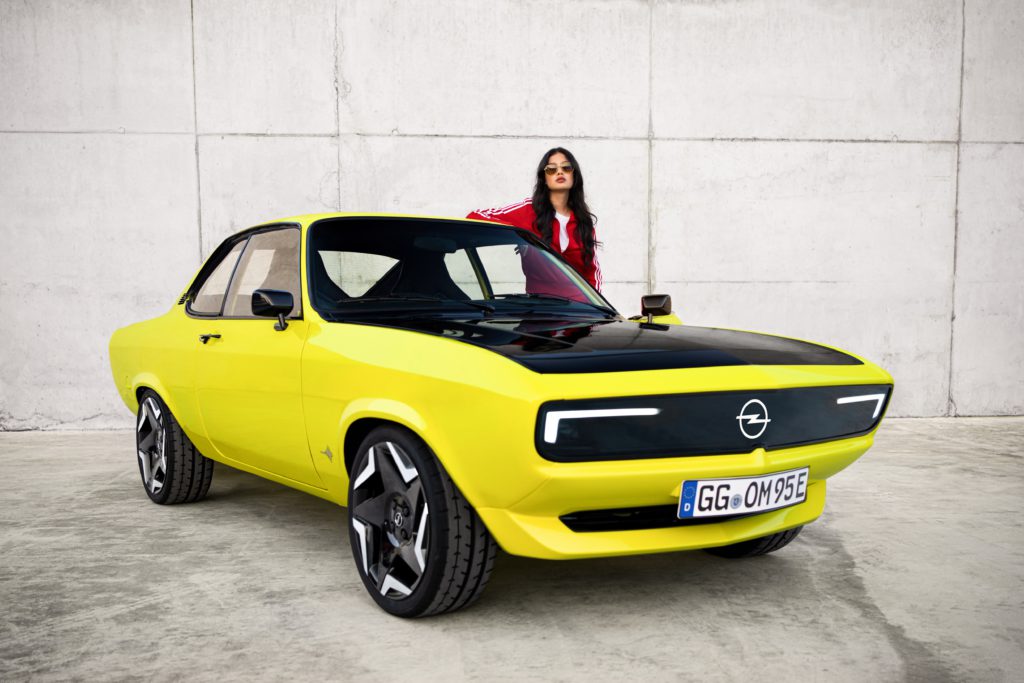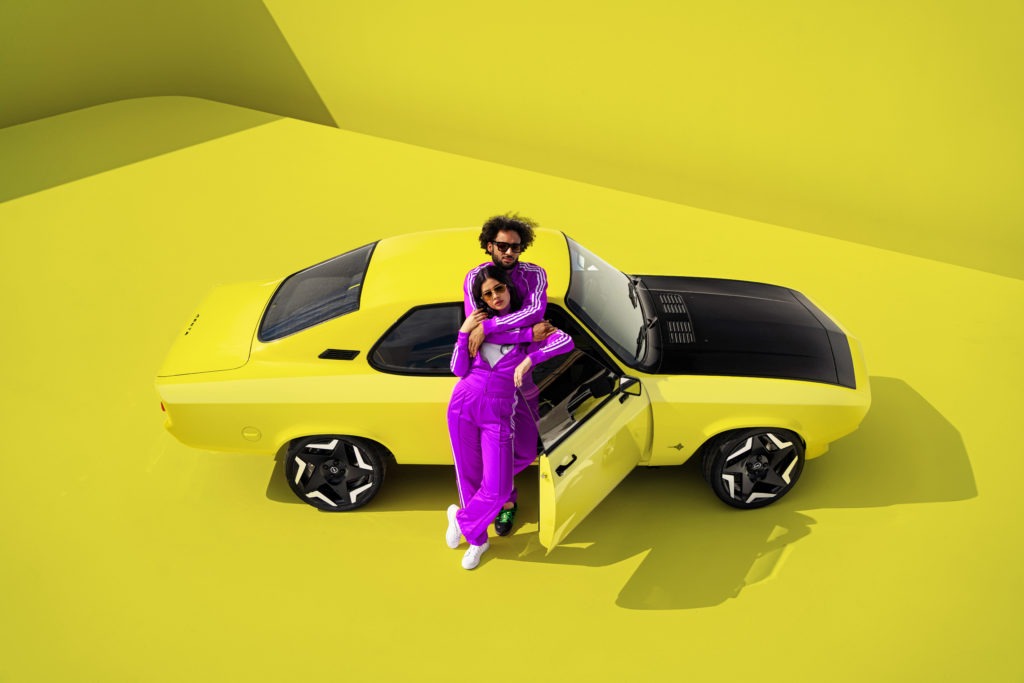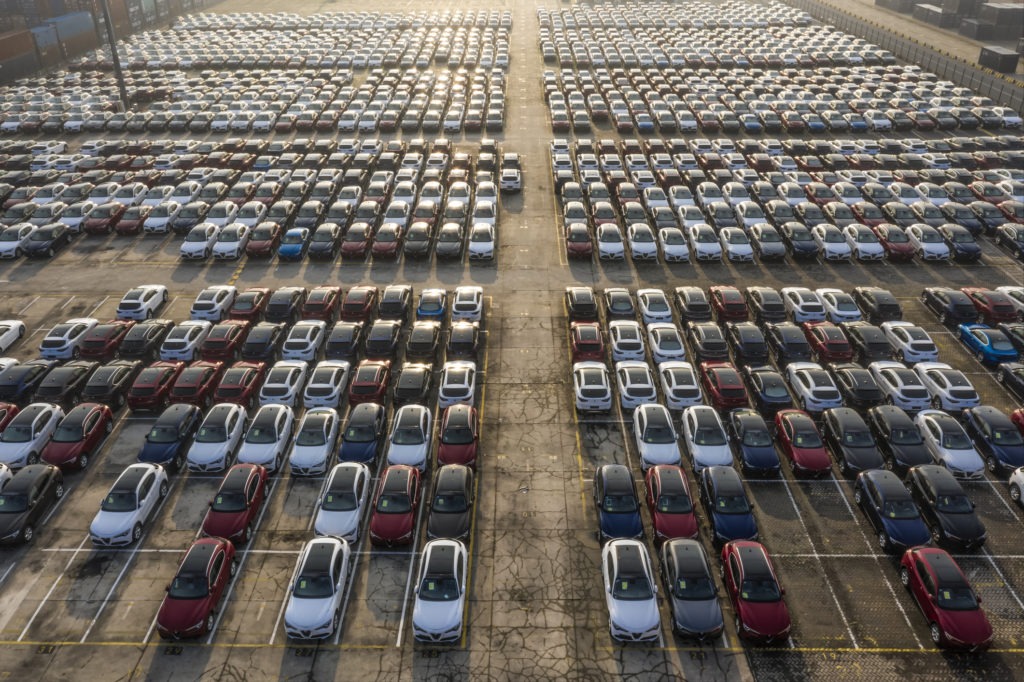Stellantis to invest over €30 billion in electrification
09 July 2021

Stellantis will invest more than €30 billion in electrification and software by 2025, it confirmed in its online EV Day. The industry giant wants 70% of sales in Europe and 40% of US sales to consist of low-emission vehicles (LEVs) by 2030. This categorisation consists of both battery-electric vehicles (BEVs) and plug-in hybrids (PHEVs).
In order to meet these targets, the company has created four flexible BEV platforms, three scalable electric drive modules and standardised battery packs. To utilise these designs, Stellantis has committed to a global battery sourcing strategy of over 260GWh by 2030, supported by five gigafactories between Europe and the US.
‘The customer is always at the heart of Stellantis, and our commitment with this €30 billion-plus investment plan is to offer iconic vehicles that have the performance, capability, style, comfort and electric range that fit seamlessly into their daily lives,’ said Carlos Tavares, CEO of Stellantis. ‘The strategy we laid out today focuses the right amount of investment on the right technology to reach the market at the right time, ensuring that Stellantis powers the freedom of movement in the most efficient, affordable and sustainable way.’
Brand electrification
Stellantis was formed at the beginning of this year as Fiat Chrysler Automobiles (FCA) and PSA Group merged. This automotive leviathan is made up of 14 brands globally, from Europe to the US. With this much market coverage, Stellantis wants to become the market leader in LEVs by boosting its electrification efforts. In Europe, it wants to grow its LEV mix to over 70% by 2030 from its current level of only 14%.
To achieve this, all of its brands will need to focus on electrification. For example, by 2023, Peugeot wants 85% of its models to be electrified in Europe, moving up to 100% by 2025, CEO Linda Jackson explained. Meanwhile, Alfa Romeo will be called Alfa e-Romeo as of 2024.
Fiat confirmed last month it would phase out internal-combustion engines (ICEs) by 2025, aiming to go fully electric by 2030. Opel/Vauxhall will introduce a reinvented, fully-electric Manta by the middle of the decade and offer only BEVs in Europe from 2028. Jeep will have a zero-emissions vehicle in every SUV segment by 2025.
‘All of our 14 brands are committed to offer best-in-class fully electrified solutions. Not a ‘one size fits all” strategy, electrification will enhance the true nature of each brand,’ Tavares said. Through these efforts, Stellantis wants to achieve double-digit adjusted operating income margins in the mid-term (by around 2026). But arguably, even more ambitiously, the company wants to take electrically-chargeable vehicles (EVs) to the point of price parity with ICE vehicles by 2026.
Building BEVs
Four platforms will hold up Stellantis’s BEV models, which are designed to be flexible in terms of length, width and components. Stellantis believes these foundations will help deliver economies of scale with each platform can support the production of up to two million units per year. The four platforms are:
- STLA Small – range up to 500km
- STLA Medium – range up to 700km
- STLA Large – range up to 800km
- STLA Frame – range up to 800km (mainly commercial)
A family of three electric drive modules (EDM) will be used to propel these platforms. These compact and scalable units combine the motor, gearbox and inverter. The EDMs can be configured for front-drive, rear-drive, all-wheel drive and 4xe. Hardware and over-the-air software upgrades will help extend the life of the platforms well into the next decade.

Opel Manta 
Jeep Grand Cherokee 4xe PHEV
Battery packs will be tailored by need from city cars to commercial vehicles. Two battery chemistries are also planned by 2024. The first, a high energy-density option and a nickel cobalt-free alternative. Then by 2026, Stellantis wants to introduce ‘the first competitive solid-state battery technology.’
Furthermore, the company wants to get the most out of its battery packs through repair, remanufacturing, second-life use and recycling, as well as using a sustainable system that prioritises customer needs and environmentalism.
Powering plans
Stellantis will also need the power to charge these developments. Its current strategy outlines the need to secure more than 130GWh of capacity by 2025 and more than 260GWh by the beginning of the next decade. Battery and component needs will be met using five gigafactories in Europe and the US, with a new plant confirmed for Italy. Additional contracts and partnerships will also be used to support overall demand.
Signing memorandum of understandings (MOUs) with two lithium geothermal brine process partners in the US and Europe, Stellantis aims to ensure a sustainable supply of lithium. Furthermore, it wants battery pack costs to be reduced by more than 40% from 2020 to 2024, and more than an additional 20% coming off by 2030. Reducing costs will be the result of optimising the pack, simplifying the module format, increasing cell size and upgrading the chemistry.
The company will also offer a variety of solutions for private, business and fleet customers. This will include day-to-day smart charging offers using green energy and using existing partnerships for more charging options. Stellantis will also support the development of fast-charging networks across Europe. This will be supported by an MOU signed between Free2Move eSolutions and Engie EPS.
‘Our electrification journey is quite possibly the most important brick to lay as we start to reveal the future of Stellantis just six months after its birth, and now the entire company is in full execution mode to exceed every customer’s expectations and accelerate our role in redefining the way the world moves,’ said Carlos Tavares. ‘We have the scale, the skills, the spirit and the sustainability to achieve double-digit Adjusted Operating Income margins, lead the industry with benchmark efficiencies and deliver electrified vehicles that ignite passion.’


